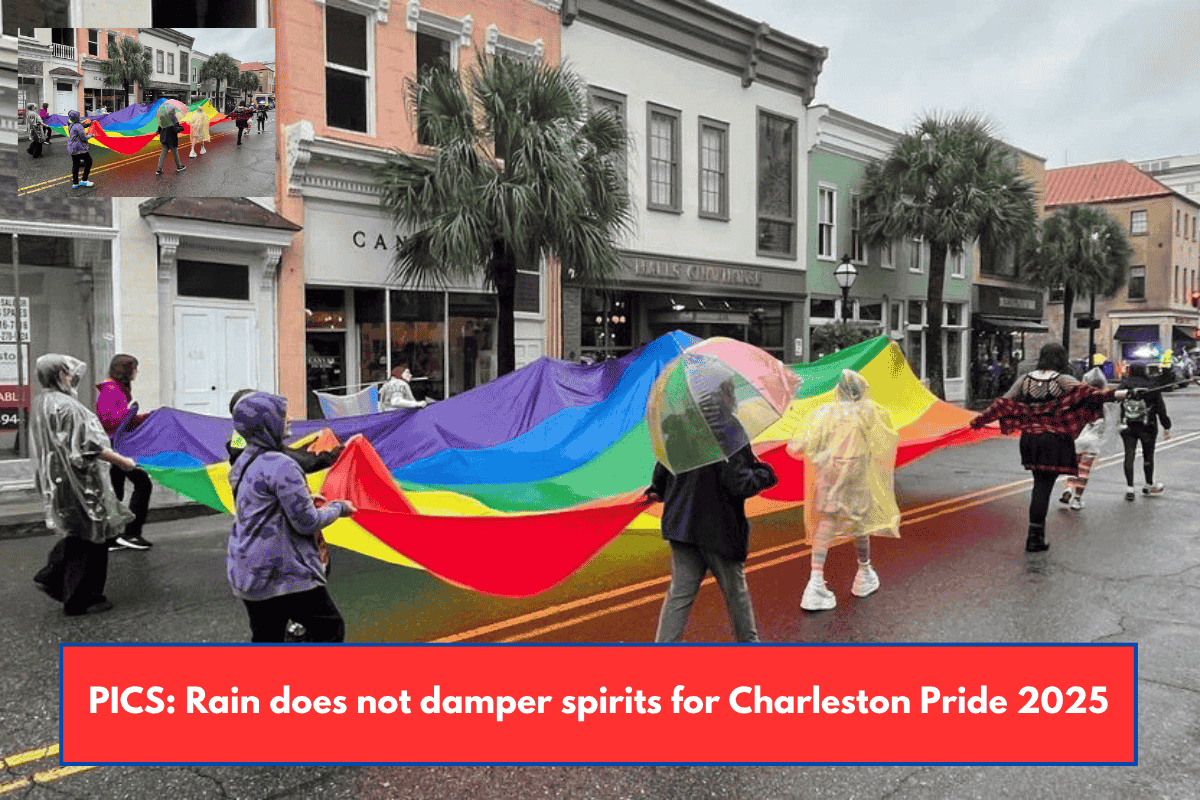Did you know that there are several common household items in your home that may have been banned by stores or even restricted by law? While many of these items might still be sitting around your house, they could pose safety, health, or environmental risks. From old paint to certain appliances, many people unknowingly keep banned items. Here’s a look at some of the most commonly banned items that could be hiding in plain sight in your home.
1. Corded Window Coverings
If your home was built before 2022, chances are you may still have corded window coverings or blinds. The U.S. Consumer Product Safety Commission (CPSC) banned long cords due to the risk of strangulation for small children. The safest way to address this is by hiring a professional to replace the cords rather than attempting to remove or trim them yourself, which can damage the blinds.
2. Lead-Based Paint
While the sale of lead-based paint was banned in 1978, many older homes still contain layers of it, especially in walls or on exterior surfaces. Lead exposure can cause serious health issues, particularly in children. Even if the paint is covered by newer layers, the risk remains. If your home is older, it’s worth checking for lead-based paint, especially in places where it might be chipped or peeling.
3. Mercury Thermometers
Old fever thermometers found in drawers may contain mercury, a toxic substance that has been banned in many states. Mercury is harmful to both the environment and human health. If you find an old thermometer, it’s best to dispose of it properly to avoid exposure, which can lead to mercury poisoning.
4. Unvented Space Heaters
Unvented natural gas space heaters, though not banned everywhere, are restricted in some cities and states, such as California. These heaters have been linked to carbon monoxide poisoning, which can be life-threatening. If you use one, it’s important to make sure your room is properly ventilated. Otherwise, consider switching to a safer, vented heater.
5. Crib Bumpers
Crib bumpers, once commonly used to pad the sides of cribs, were banned by the CPSC in September 2023. These soft materials were linked to nearly 200 infant deaths due to suffocation risks. While crib bumpers are no longer sold, if you have one at home, it’s crucial to remove it for your baby’s safety.
6. R-22 Refrigerant in Air Conditioners
Air conditioning units installed before 2020 may still use R-22 refrigerant, which was banned due to its harmful effect on the ozone layer. Although you can continue using these units, the EPA recommends upgrading to newer models that use more eco-friendly refrigerants and are more energy-efficient, saving you money in the long run.
7. Incandescent Light Bulbs
Sales of incandescent light bulbs were banned in August 2023 due to their inefficiency in energy usage. While it’s not illegal to continue using them if you purchased them before the ban, it’s a good idea to replace them with energy-efficient options like LED bulbs to lower your electricity bills and reduce your carbon footprint.
8. Weed Killers with Harmful Chemicals
Certain weed killers contain chemicals that are harmful to both humans and the environment. Two banned ingredients, clorthal-dimethyl and dimethyl tetrachloroterephthalate (DCPA or Dacthal), are still found in some products. Before using any weed killer, it’s important to check the label to ensure it doesn’t contain these dangerous substances.
9. Gas-Powered Leaf Blowers
In states like California, Illinois, and New Jersey, gas-powered leaf blowers are banned due to the toxic pollutants they emit, which harm both human health and the environment. These leaf blowers are particularly harmful to the lungs, so it’s best to opt for electric versions, which are just as effective and much safer.
10. Wooden Shingles
Wooden shingles on roofs have been banned in some areas, especially in fire-prone regions like Southern California. Wood roofs are highly flammable and pose a significant fire risk, particularly in wildfires. If you live in an area with these bans, it might be time to consider replacing your wooden shingles with safer, fire-resistant materials.














